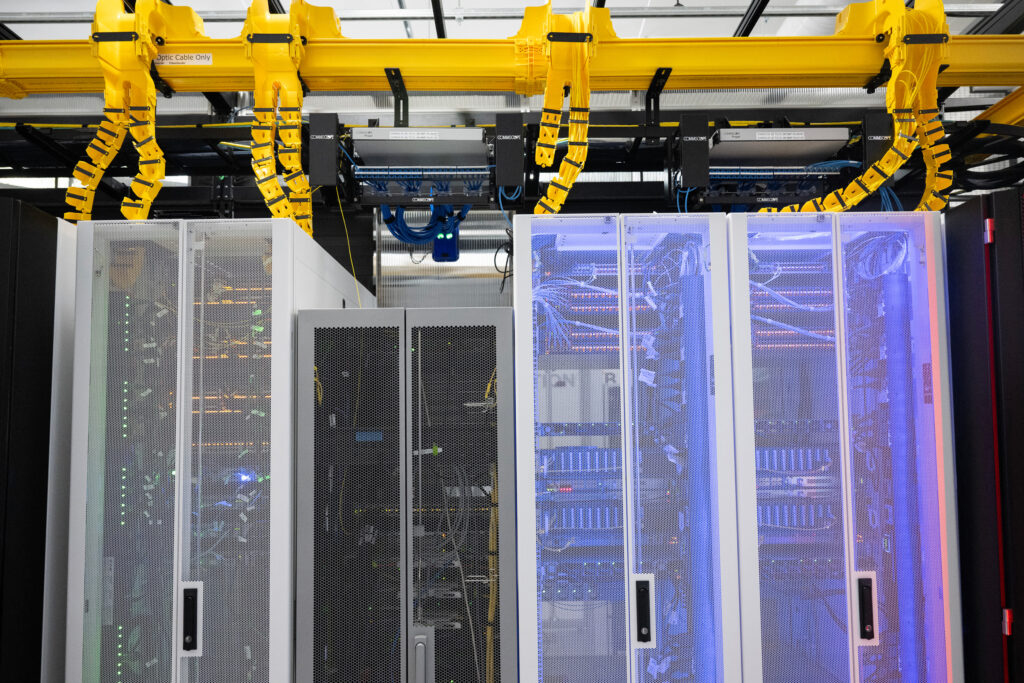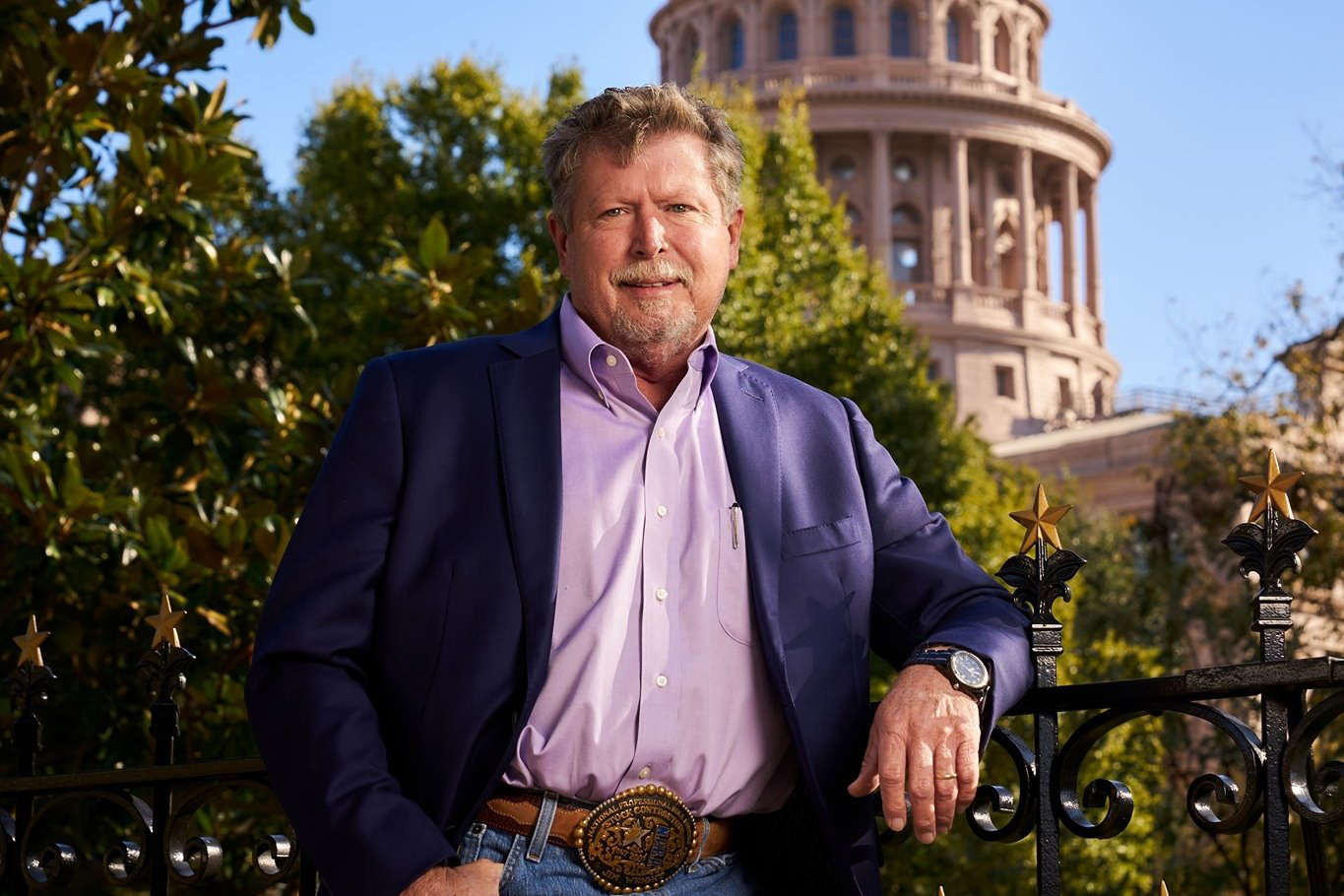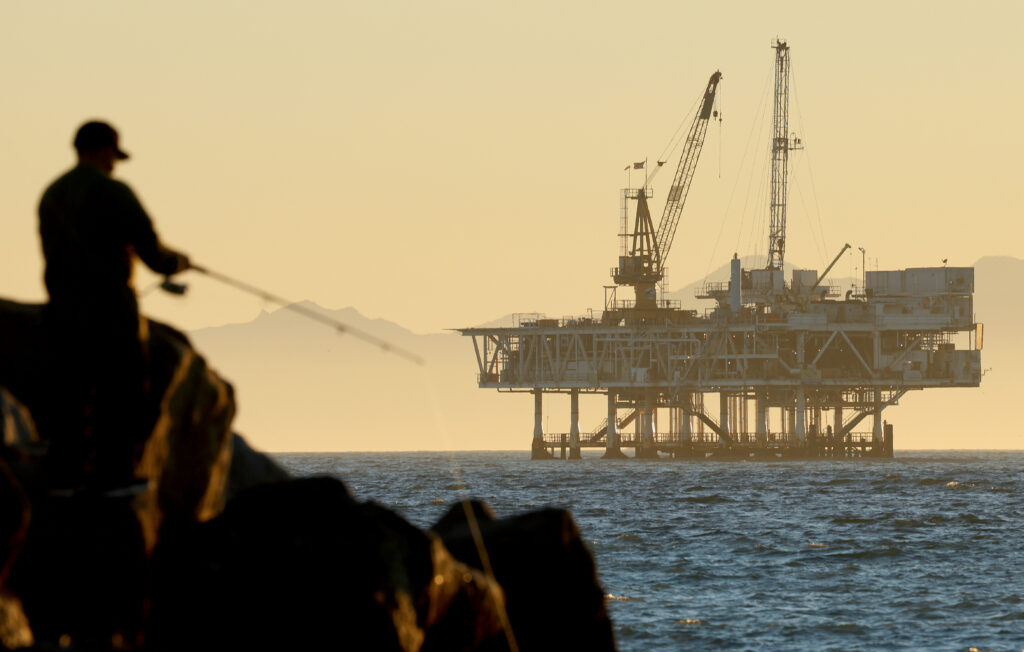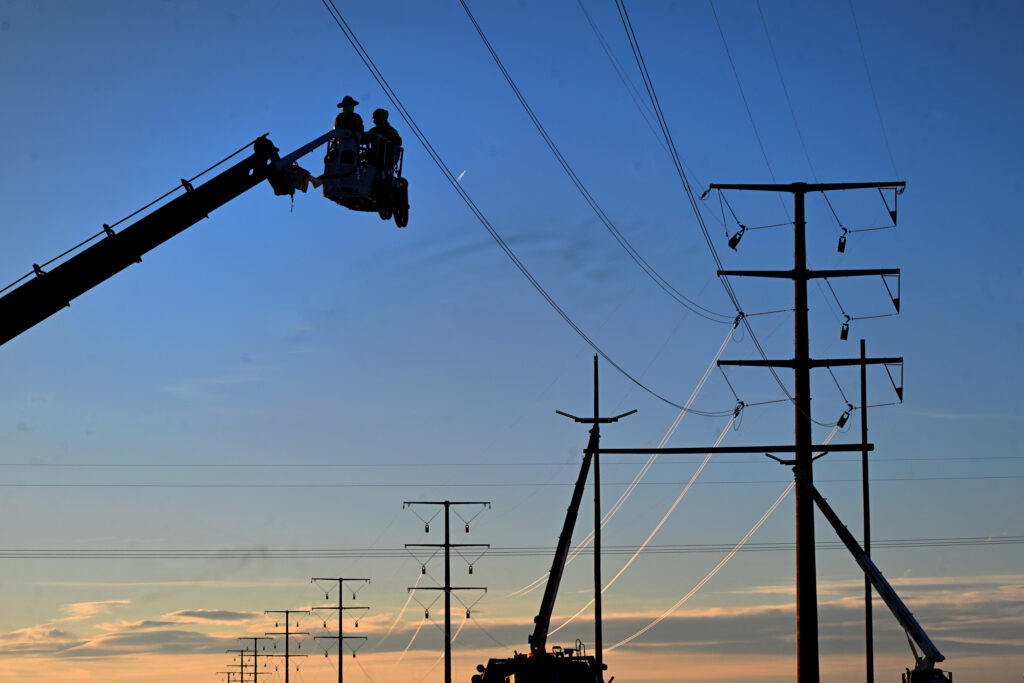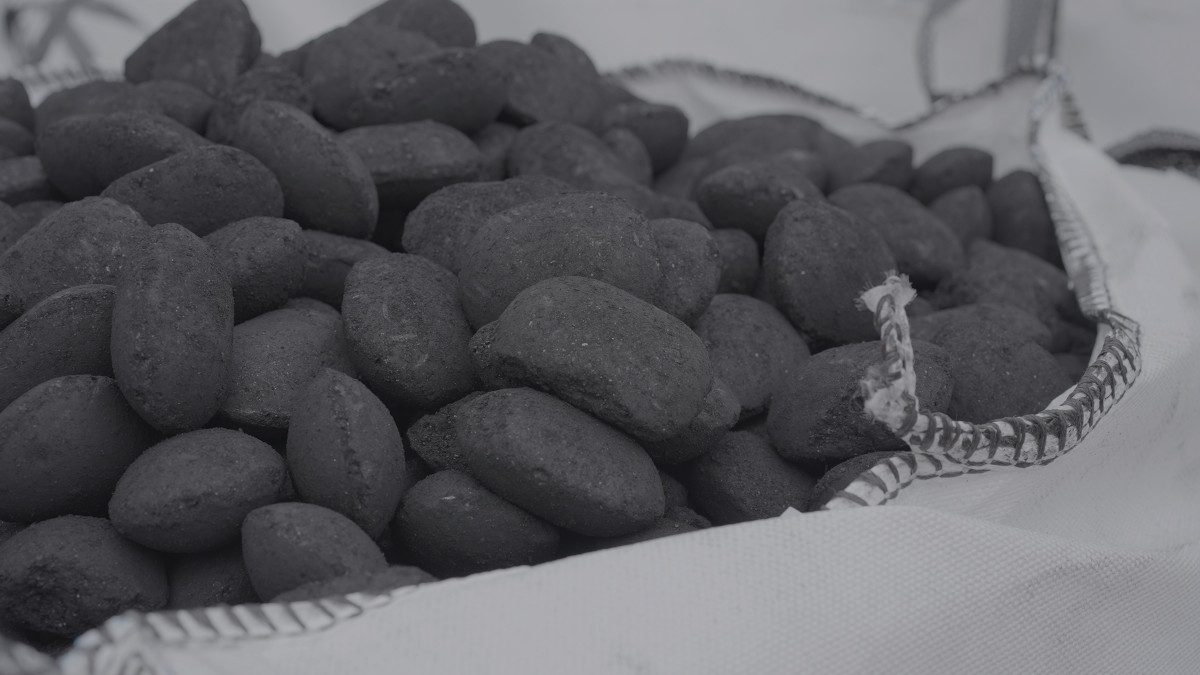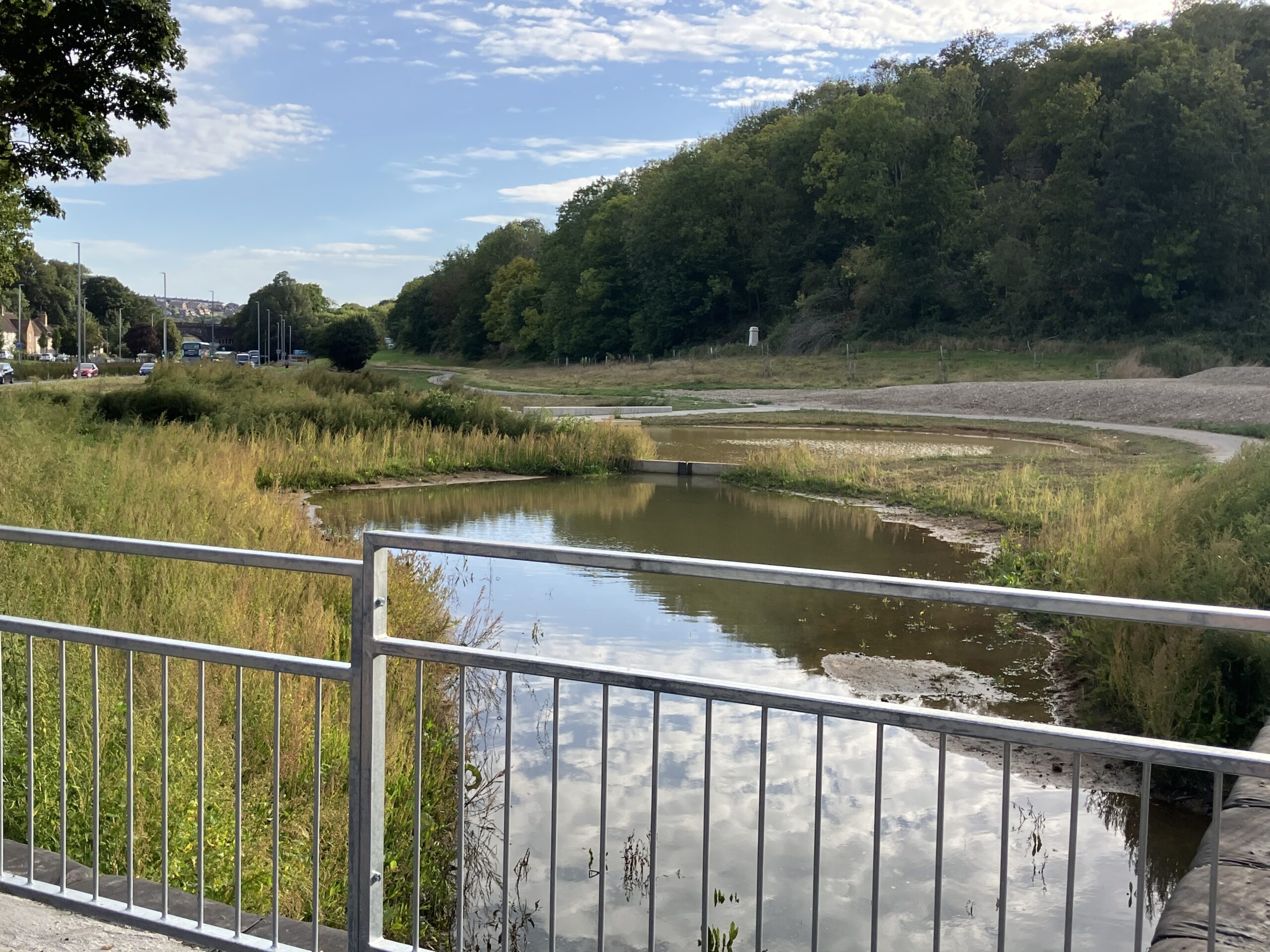Ahead of Thomas Gleeson’s unanimous full confirmation Monday as the chairman of the Public Utility Commission of Texas, Sen. Angela Paxton asked the energy regulator what three things top his to-do list.
No. 1, Gleeson said during a Texas Senate Nominations committee meeting,
is reinstilling the public’s faith in the PUC.
The commission regulates the state’s electric, water, sewer and telecommunication utilities and has been working to mend its reputation since Winter Storm Uri in 2021 killed at least 246 people. The storm’s record-breaking cold temperatures exposed significant infrastructure weaknesses and left a wake of uncertainty around the reliability of the state’s electric grid and the PUC’s ability to oversee the companies providing power to Texans.
Gleeson has worked at the PUC for more than 15 years. He most recently served as its executive director before being appointed chairman by Gov. Greg Abbott last year and confirmed by the Senate.
The work to reinstill trust in the agency’s oversight of electric utilities comes as forecasts detail a massive increase in the demand for power in Texas. The state’s grid operator, ERCOT, projects peak electricity use will more than double over the next five years as new data centers come online across the state.
The PUC is the nexus, Gleeson said, between ensuring reliability and economic development. It’s a balance state lawmakers are also trying to find as large load users like crypto mines and hyperscale data centers build out across Texas.
“We want this economic development here, but it needs to be done in a managed way that we are sure is not going to impair reliability and resilience of the grid,” Gleeson said.
No. 2 on the to-do list, he said, is to ensure that ratepayers are protected while building out new infrastructure. The PUC approved a plan in April to build ERCOT’s first extra high voltage transmission lines to meet the Permian Basin’s rapidly growing power needs. It’s the first step in a broader effort mandated by the legislature and Gov. Abbott to evaluate transmission and distribution systems across the state grid and identify where improvements are needed.
“The Texas miracle demands that we invest in all of our infrastructure,” Gleeson said. “We invest in roads, we invest in water, we invest in telecommunications. We also have to be willing to invest in the electricity grid.”
The statewide system of new transmission lines will carry more than twice as much power as the existing 345-kilovolt lines that Texas has relied on for the past 65 years. The estimated cost of the portion of the project approved by the PUC last month to deliver power to West Texas is more than $10 billion, nearly 22 percent more than upgrading the lower voltage option.
“This decision brings ERCOT into the 21st century,” said Matthew Boms, director of the Texas Advanced Energy Business Alliance. “As electricity demand surges, we need a grid that’s built for the future—reliable, efficient and cost-effective.”
This story is funded by readers like you.
Our nonprofit newsroom provides award-winning climate coverage free of charge and advertising. We rely on donations from readers like you to keep going. Please donate now to support our work.
Donate Now
No. 3 on Gleeson’s list is repairing relationships. After Winter Storm Uri, there was a fracturing of all the stakeholders within the ERCOT grid, he said, from residential customers and large commercial companies to generators. The agency itself also went into a financial and staffing crisis in which almost a third of PUC employees left each year.
“I think a lot of trust was lost,” Gleeson said.
Electricity regulators at the PUC are now required to allow public testimony on their meeting agenda items, ensure that electricity generators on the main grid explain any unplanned outages to grid operators and improve communication with the public.
In the last 16 months, Gleeson said he has done more than 70 speaking engagements with local communities and businesses looking to relocate to Texas.
“I think it’s incumbent on us to go out and talk to the public—and we do that,” Gleeson said.
About This Story
Perhaps you noticed: This story, like all the news we publish, is free to read. That’s because Inside Climate News is a 501c3 nonprofit organization. We do not charge a subscription fee, lock our news behind a paywall, or clutter our website with ads. We make our news on climate and the environment freely available to you and anyone who wants it.
That’s not all. We also share our news for free with scores of other media organizations around the country. Many of them can’t afford to do environmental journalism of their own. We’ve built bureaus from coast to coast to report local stories, collaborate with local newsrooms and co-publish articles so that this vital work is shared as widely as possible.
Two of us launched ICN in 2007. Six years later we earned a Pulitzer Prize for National Reporting, and now we run the oldest and largest dedicated climate newsroom in the nation. We tell the story in all its complexity. We hold polluters accountable. We expose environmental injustice. We debunk misinformation. We scrutinize solutions and inspire action.
Donations from readers like you fund every aspect of what we do. If you don’t already, will you support our ongoing work, our reporting on the biggest crisis facing our planet, and help us reach even more readers in more places?
Please take a moment to make a tax-deductible donation. Every one of them makes a difference.
Thank you,





